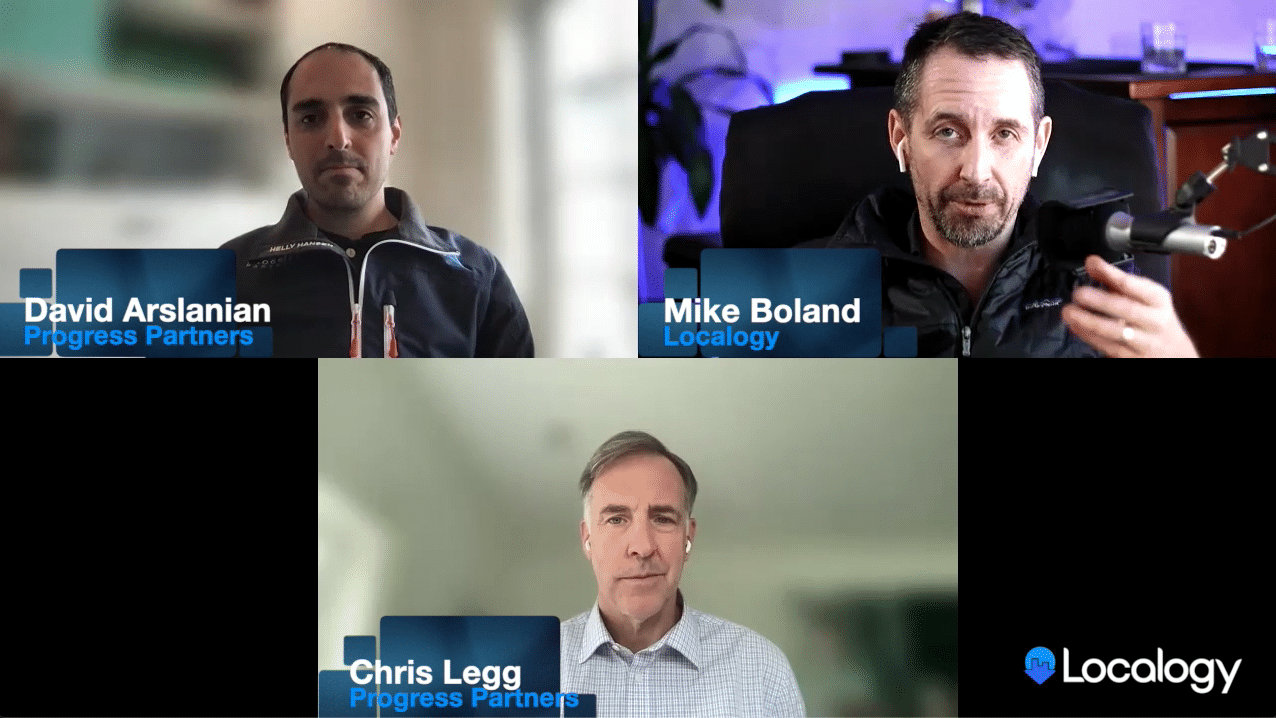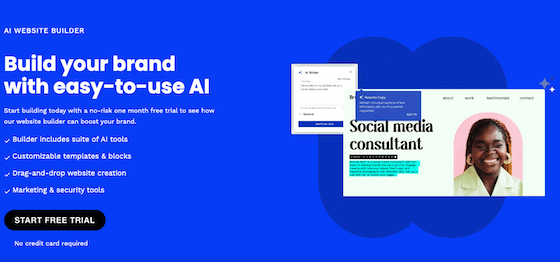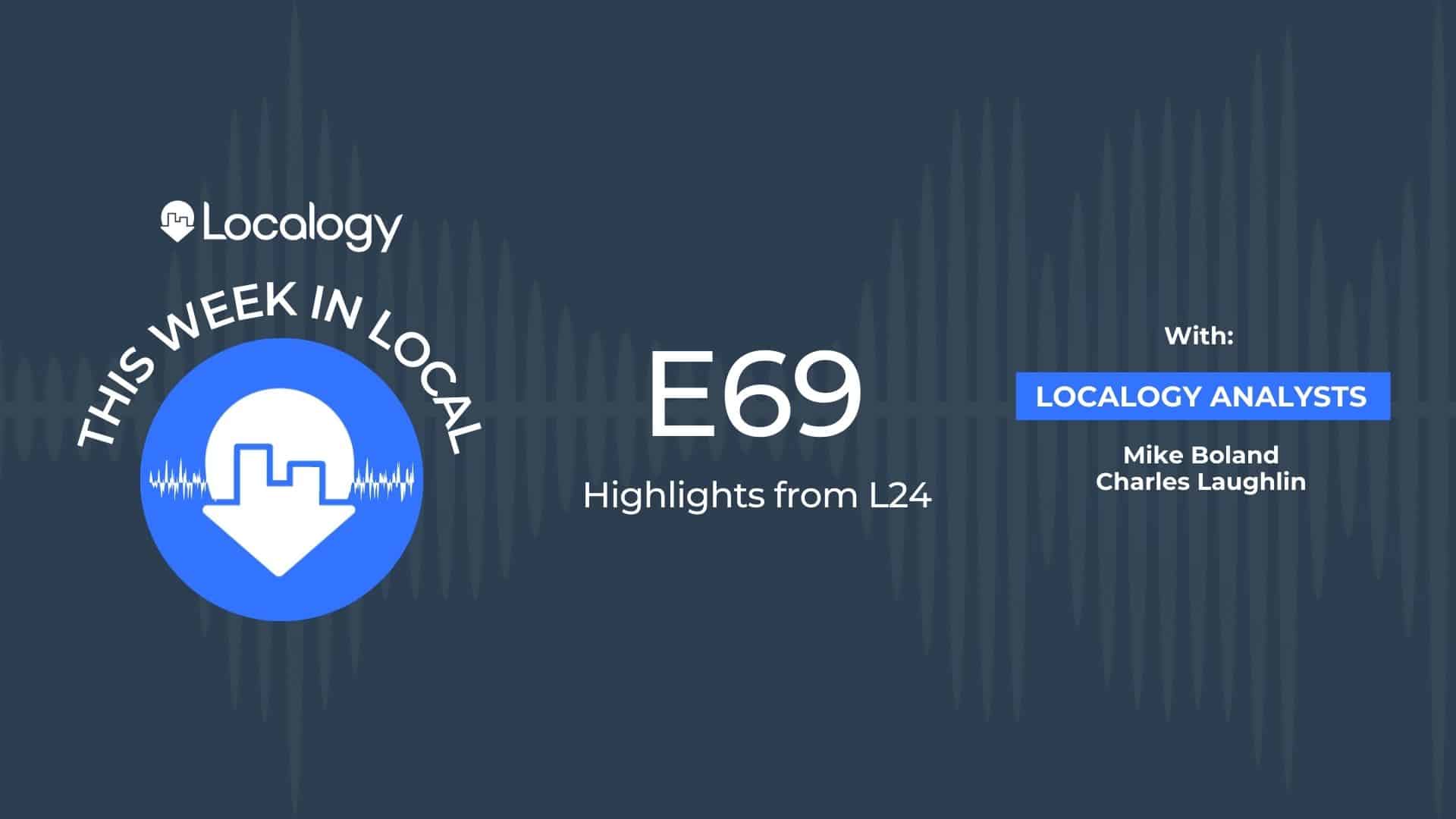If you’re anywhere near the tech world, a phrase you’ve likely heard repeatedly over the past few months is SPAC. Just this week, the largest SPAC to date occurred with Grab’s public-market entrance. Though it’s not a new phenomenon, SPAC activity and attention have escalated over the past year.
In fact, roughly 200 SPACs went public last year, collectively raising about $64 billion according to Renaissance Capital. If you’re keeping count, that’s almost as much as the amount raised in total 2020 IPOs. Some of the highest-profile deals include Virgin Galactic, DraftKings, Opendoor, and Nikola Motor Co.
Definitions & Drivers
But this all begs the question: What is a SPAC? Short for special purpose acquisition company, it’s an entity that goes public to raise cash before serving as a legal and regulatory shell for other companies it acquires.
Why go through all that trouble? The end result is an exit/liquidity event that brings companies into public markets in a way that sidesteps the traditional IPO process. This has some advantages including avoiding the time-intensive and costly rigors of an IPO. Think of it sort of like going public through a loophole.
The blessed event happens when a company is acquired by a SPAC, thereby inheriting public-market status. It then benefits from the SPAC’s available cash and new public market funding. Of course, going public via acquisition isn’t new: the difference is that SPACs are set up just for this purpose, versus typical M&A drivers.
So what has caused SPAC activity to escalate? To answer that question, we assembled our periodic financial roundtable. Joining frequent guest Chris Legg, his colleague David Arslanian broke down SPACs for us (including the right conjugation). As the SPAC lead at Progress Partners, he’s the right guy for the job.
Expert Panel
Chris Legg, Senior Managing Partner, Progress Partners
David Arslanian, Managing Partner, Progress Partners

Not New, But Here to Stay
So what were the biggest takeaways of our roundtable discussion? A few things stood out and you can see the full video below.
— SPACs aren’t new, as noted, as they’ve been around for years as a sort of last resort to go public. Their growth over the past year is due to several macro factors, including pent-up demand to go public and some degree of market volatility from the pandemic.
— One wild card is that the companies getting SPAC’d aren’t forced through the Darwinian gauntlet of a traditional IPO process. Does this mean that weaker companies are joining public markets? Theoretically yes, but that’s something that the markets themselves will decide.
— On the other hand, SPACs may inspire more public-worthy companies to go public. This could counteract the trend over the past decade of companies choosing late-stage funding over the rigors of an IPO (and public company requirements).
— Speaking of which, SPAC’s are not only advantageous in avoiding rigorous IPOs. In some cases, newly SPAC’d companies get a grace period from the equally rigorous requirements of being public, such as quarterly reporting.
— Though we’re hearing about SPACs more in the tech sector — as those tend to be the high-profile SPACs — it’s not a phenomenon that’s unique to tech.
— Projecting forward, Arslanian believes that the SPAC is here to stay.
— Our two cents: if that’s true, media attention to SPACs will die down over time. They’ll become less about sexy headlines and more about a mundane financial structure (which they basically are).
See the full video below. You can also skip right to the SPAC segment at 12:04.





